Divya Rawat
Postdoctoral Fellow | SSC XMM-NEWTON, Observatoire Astronomique de Strasbourg

About Me
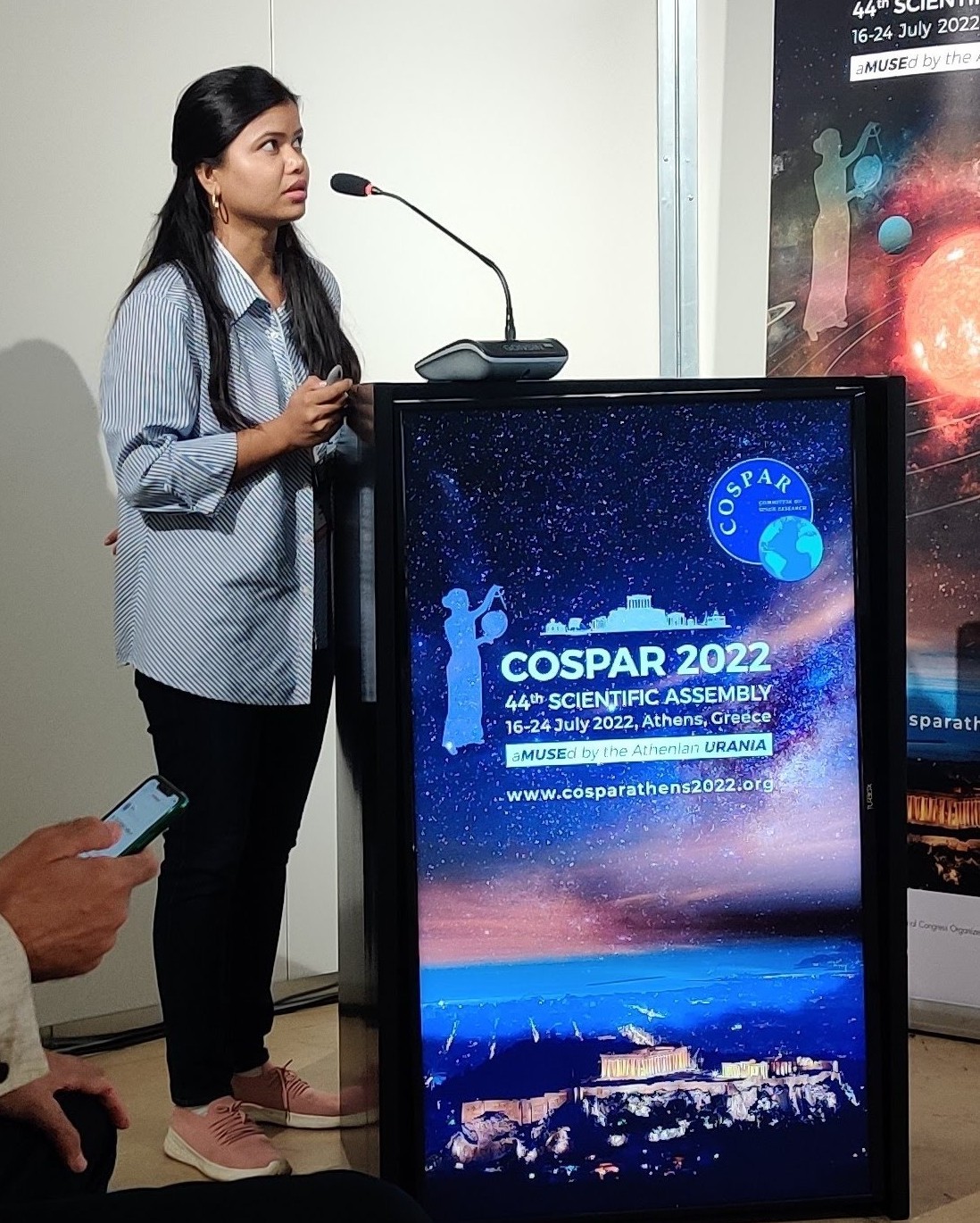
Hi, I am Divya Rawat, originally from the Delhi NCR region, with family roots in the Kumaon hills of Uttarakhand, India. My interest in fundamental questions about nature began during school and gradually evolved into a strong passion for physics. I completed a BSc in Physics at the University of Delhi (2011–2014) and an MSc at Banaras Hindu University (2014–2016), where I developed a deeper interest in high-energy astrophysics. I pursued a PhD at the Indian Institute of Technology Kanpur (2016–2021), focusing on accretion processes in compact objects. Afterward, I worked as a postdoctoral researcher at the AstroSat Science Support Cell, IUCAA Pune (2021–2023), where I organized national workshops, delivered webinars, developed data analysis tutorials, and supported the broader community of AstroSat users. I am currently a postdoctoral fellow at the Science Survey Center of the XMM-Newton project at the Observatoire Astronomique de Strasbourg, France.
Publications

Refereed
- Contemporaneous X-ray and Optical Polarization of EHSP Blazar H 1426+428, 2025, ApJL, 988, L50
- Evolution of the Comptonizing medium of the black-hole candidate Swift J1727.8−1613 along the hard to hard-intermediate state transition using NICER, 2025, A&A, 697, A229
- Evolution of QPOs in GX 339–4 and EXO 1846–031 with Insight-HXMT and NICER, 2024, ApJL, 971, 2, 148
- Unveiling the X-ray polarimetric properties of LMC X-3 with IXPE, NICER, and Swift/XRT, 2024, MNRAS, 531, 1, 585–591
- Spectropolarimetric study of 4U 1630-47 in steep power-law state with IXPE and NICER, 2023, MNRAS, 525, 1, 661-666
- Testing the dynamic origin of Quasi-periodic Oscillations in MAXI J1535-571 and H 1743-322, 2023, MNRAS, 524, 4, 5869-5879
- Detection of X-Ray Polarized Emission and Accretion-disk Winds with IXPE and NICER in the Black Hole X-Ray Binary 4U 1630-47, 2023, ApJL, 949, L43
- Flux-resolved Spectropolarimetric Evolution of the X-Ray Pulsar Hercules X-1 Using IXPE, 2023, ApJL, 948, 1
- A NICER look at the jet-like corona of MAXI J1535-571 through type-B quasi-periodic oscillations, 2023, MNRAS, 520, 4
- The comptonizing medium of the black hole X-ray binary MAXI J1535-571 through type-C quasi-periodic oscillations, 2023, MNRAS, 520, 1, 113–128
- The evolution of the corona in MAXI J1535-571 through type-C quasi-periodic oscillations with Insight-HXMT, 2022,MNRAS, 512, 2, 2686-2696
- Time-resolved spectroscopy on the heartbeat state of GRS 1915+105 using AstroSat, 2022, MNRAS, 511, 2, 1841−1847
- Testing Evolution of LFQPOs with Mass Accretion Rate in GRS 1915+105 with Insight-HXMT, 2021, ApJ, 909, 63
- Identification of QPO Frequency of GRS 1915+105 as the Relativistic Dynamic Frequency of a Truncated Accretion Disk, 2020, ApJL, 889L, 36
- Study of Timing Evolution from Nonvariable to Structured Large-amplitude Variability Transition in GRS 1915 + 105 Using AstroSat, 2019, ApJ, 870, 4
- Extensive Broadband X-Ray Monitoring During the Formation of a Giant Radio Jet Base in Cyg X-3 with AstroSat, 2018, ApJL, 853, 11
Non-refereed / Conference Proceedings
- Exploring the origin of type-C Quasi-periodic Oscillations in black hole X-ray binaries, MAXI J1535-571 and H 1743-322, COSPAR-2024 Assembly, Busan, South Korea
- Polarimetric Findings for the Black Hole X-ray Binary 4U 1630-47 using Imaging X-ray Polarimetry Explorer, COSPAR-2024 Assembly, Busan, South Korea
- Soft Spectro-polarimetry of X-ray Binaries LMC X-3 and Her X-1: IXPE Insights and Future Prospects with XpoSat, COSPAR-2024 Assembly, Busan, South Korea
- Study of comptonizing medium of BHXRB MAXI J1535−571 using time-dependent comptonization model, COSPAR-2022 Assembly, Athens, Greece
- Corona evolution of MAXI J1535-571 revealed by type-C quasi-periodic oscillations observed with Insight-HXMT, COSPAR-2022 Assembly, Athens, Greece
- Probing the heartbeat state of GRS 1915+105 with time-resolved spectroscopy using AstroSat, COSPAR-2022 Assembly, Athens, Greece
- Rms-spectra study of Low-frequency QPOs in Black hole binary systems using NICER, COSPAR-2021 Assembly, Sydney, Australia
- Identification of QuasiPeriodic Oscillations of a black hole system, COSPAR-2021 Assembly, Sydney, Australia
- Study of Timing Evolution from Nonvariable to Structured Large-amplitude Variability Transition in GRS 1915+105 Using AstroSat/LAXPC, COSPAR-2018 Assembly, Pasadena
Non-Scientific Conference Proceedings
- My experience with Cospar Capacity Building and Cospar visiting fellowship, COSPAR-2021 Assembly, Sydney, Australia
Projects
My research interests include the study of accretion disks in compact objects, the investigation of relativistic jets and their relationship with the accretion disk, accretion geometry, quasi-periodic oscillations and their connection to accretion, corona, and disk instability. I have utilized observations from X-ray observatories such as AstroSat, NICER, Swift, NuSTAR, and IXPE for my research. Additionally, I have experience with various data analysis software, including HeaSoft, LAXPC software, SXT pipeline, NICERDAS, GHATS (General High-Energy Aperiodic Timing Software), and NuSTARDAS. Currently, I am contributing to updating the code for the Xcat-DB interface, which contains all the sources in the XMM archive sources catalog, extracted from more than 200 catalogs hosted primarily at CDS (Strasbourg Astronomical Data Center).
Gallery
Where Research Has Taken Me
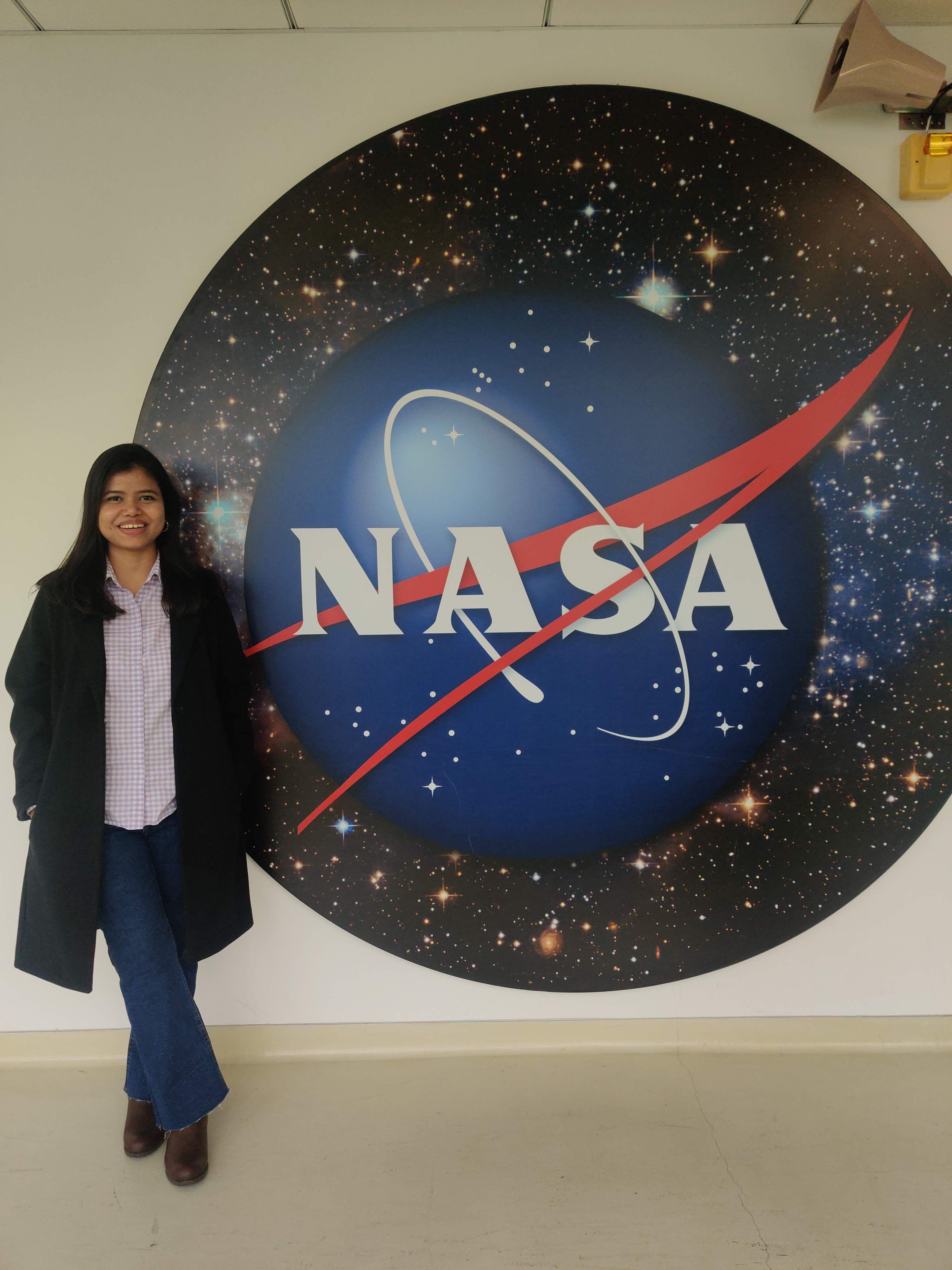
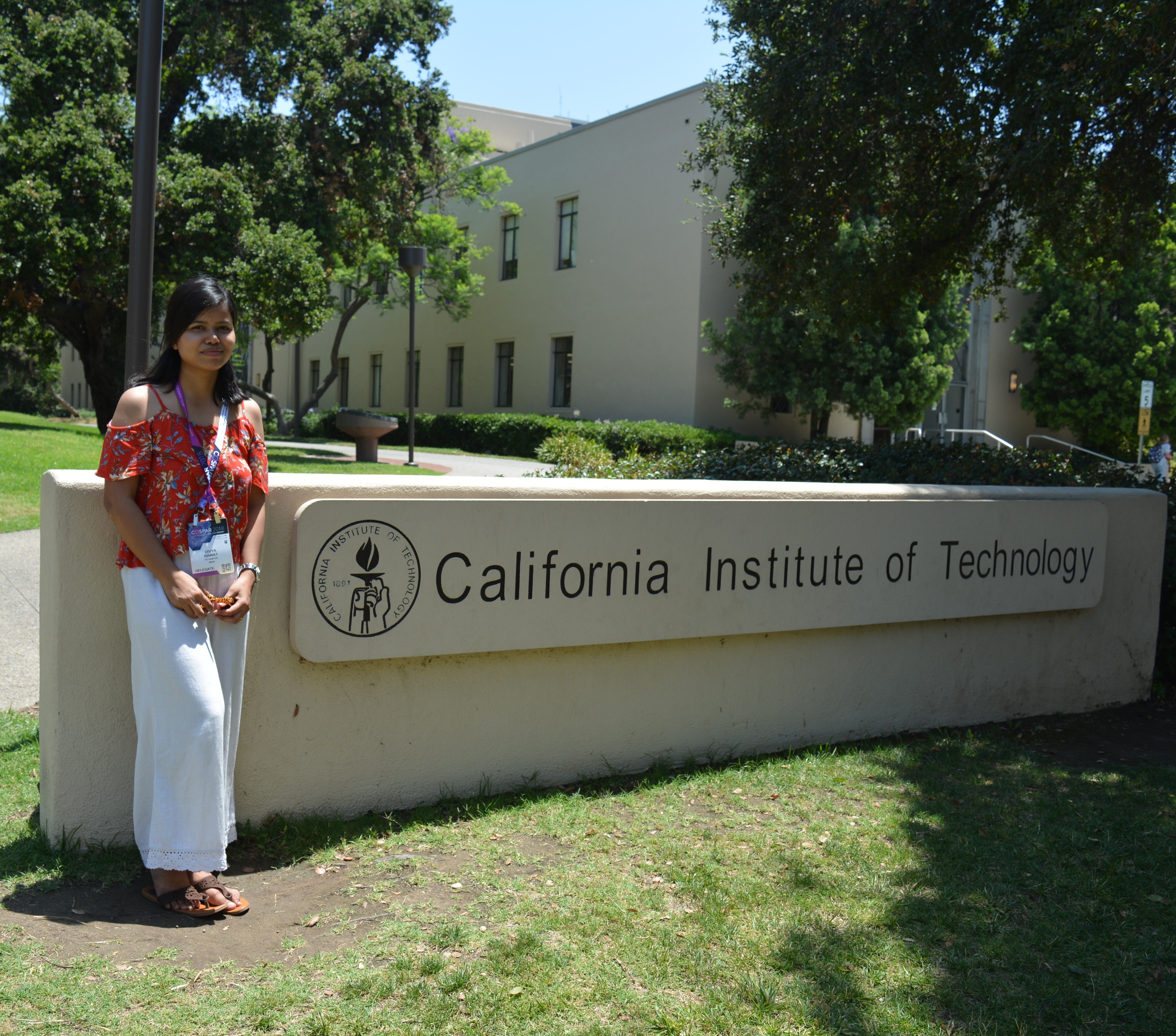
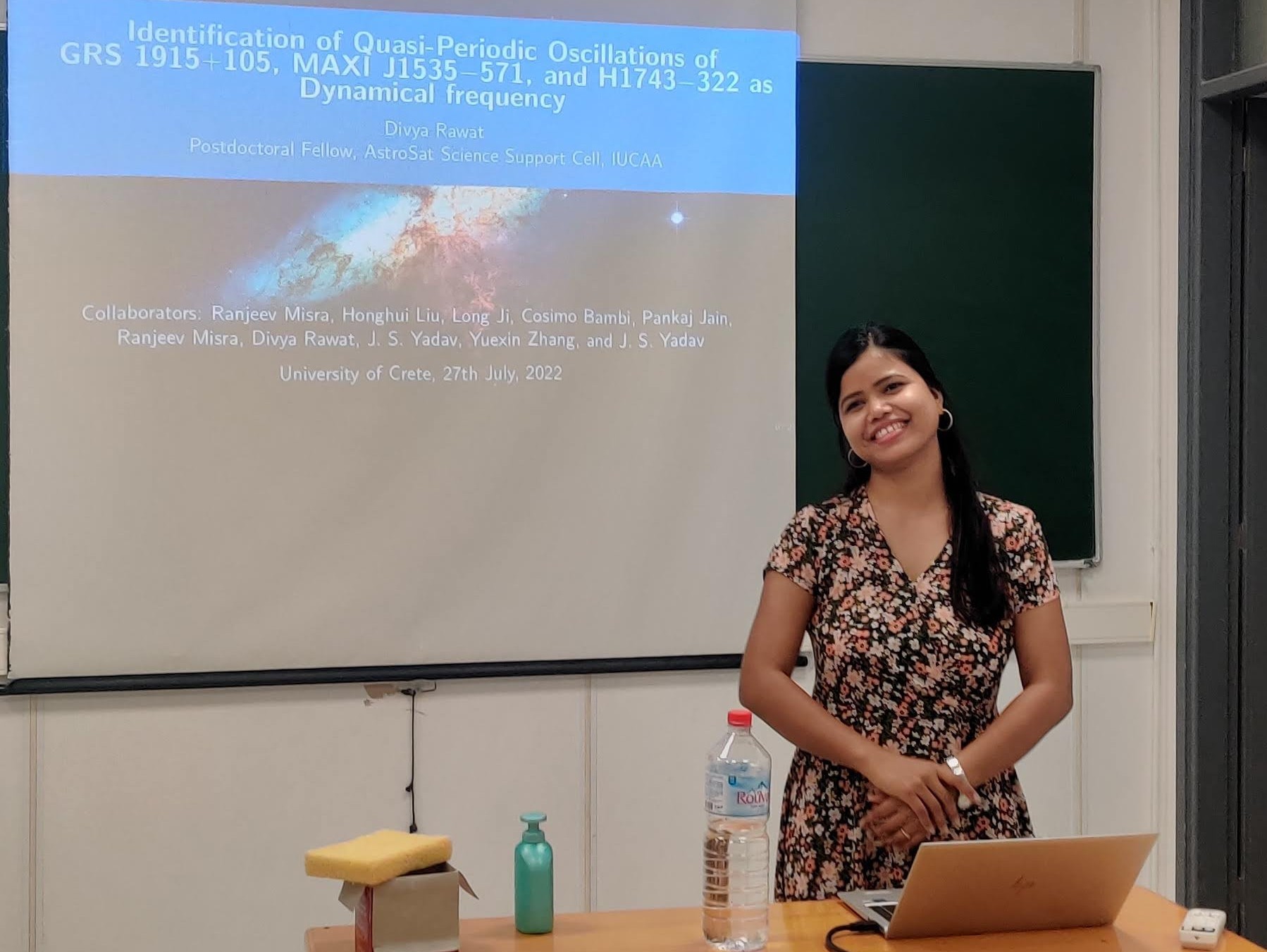
Conferences
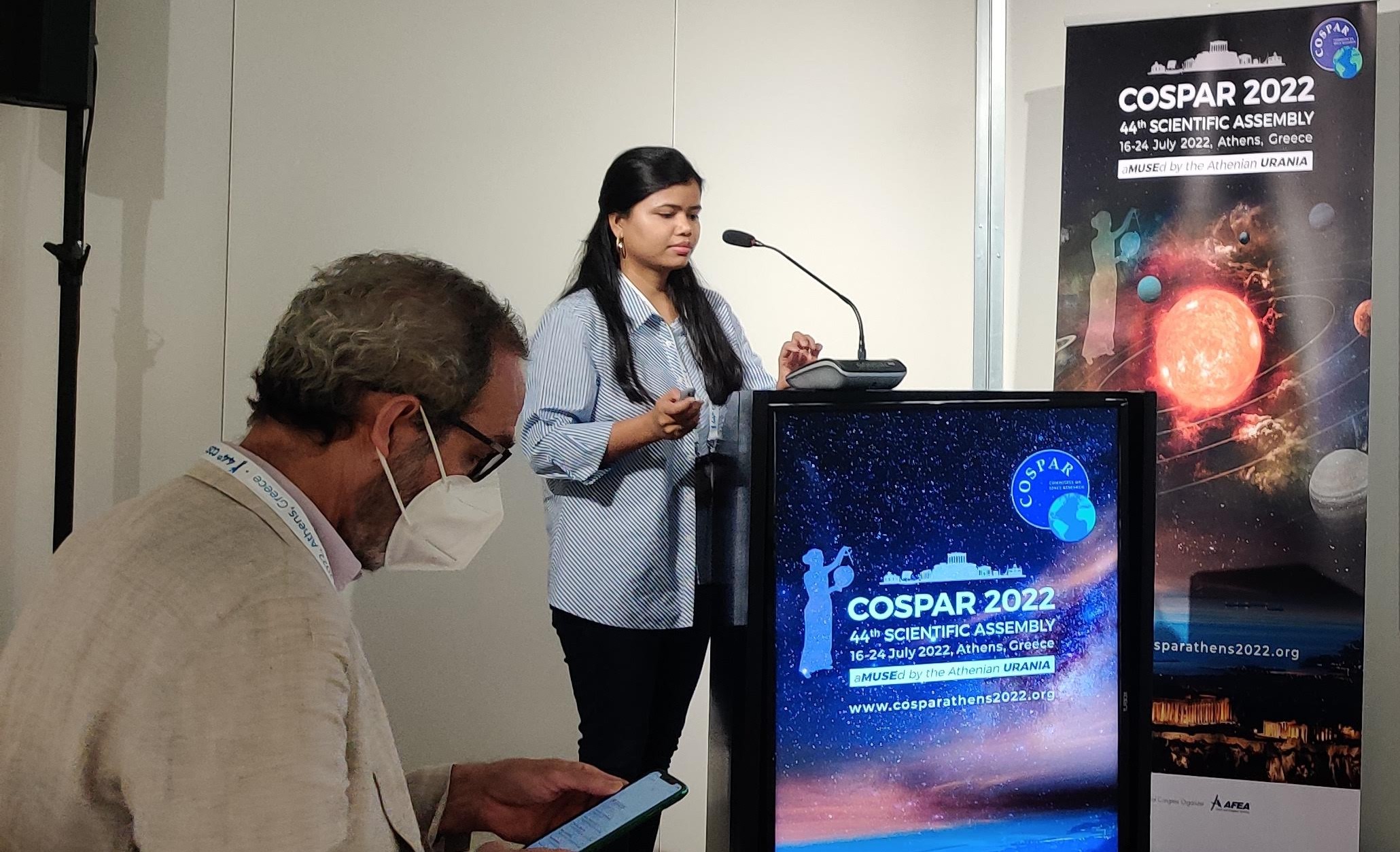
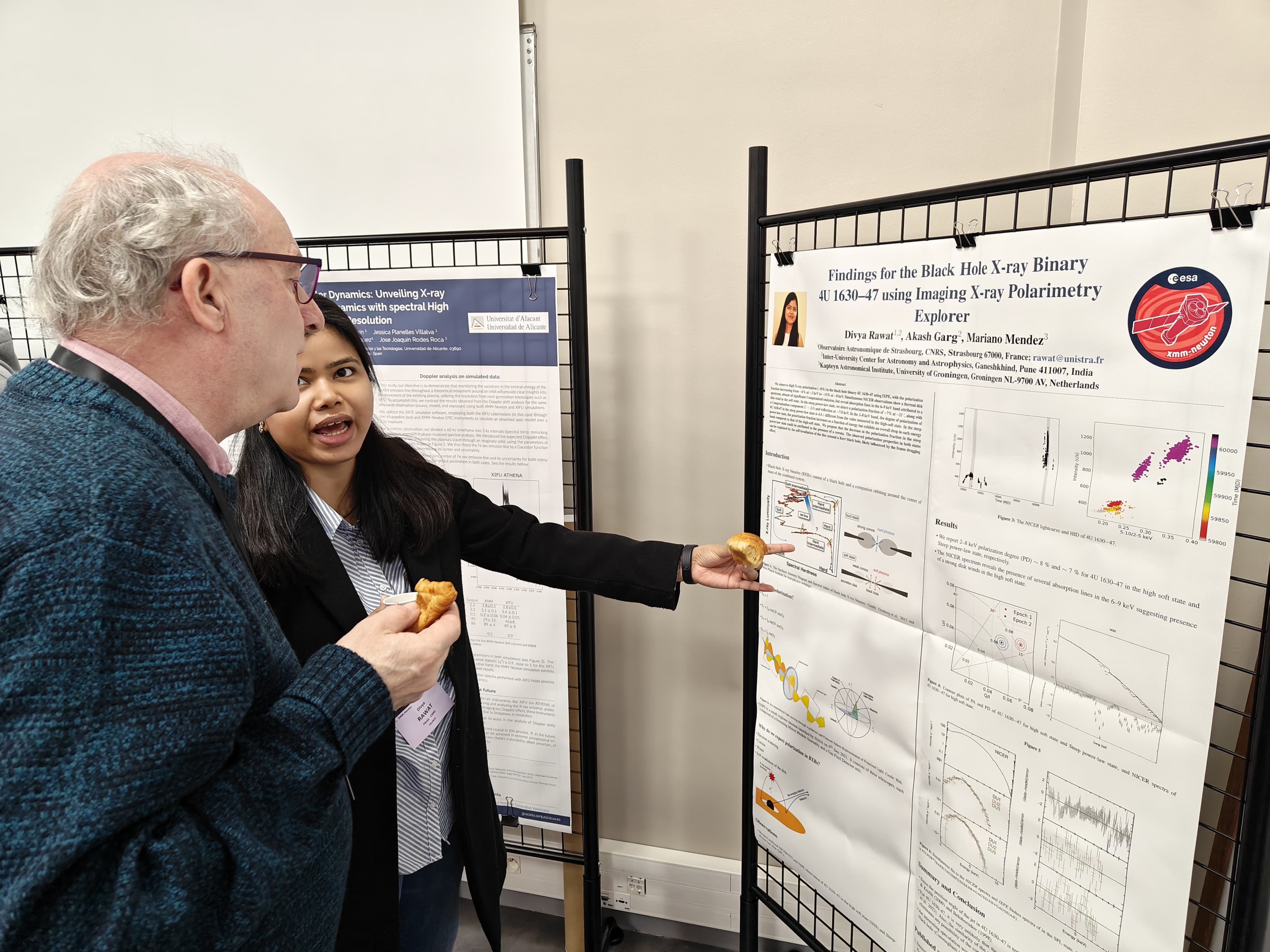
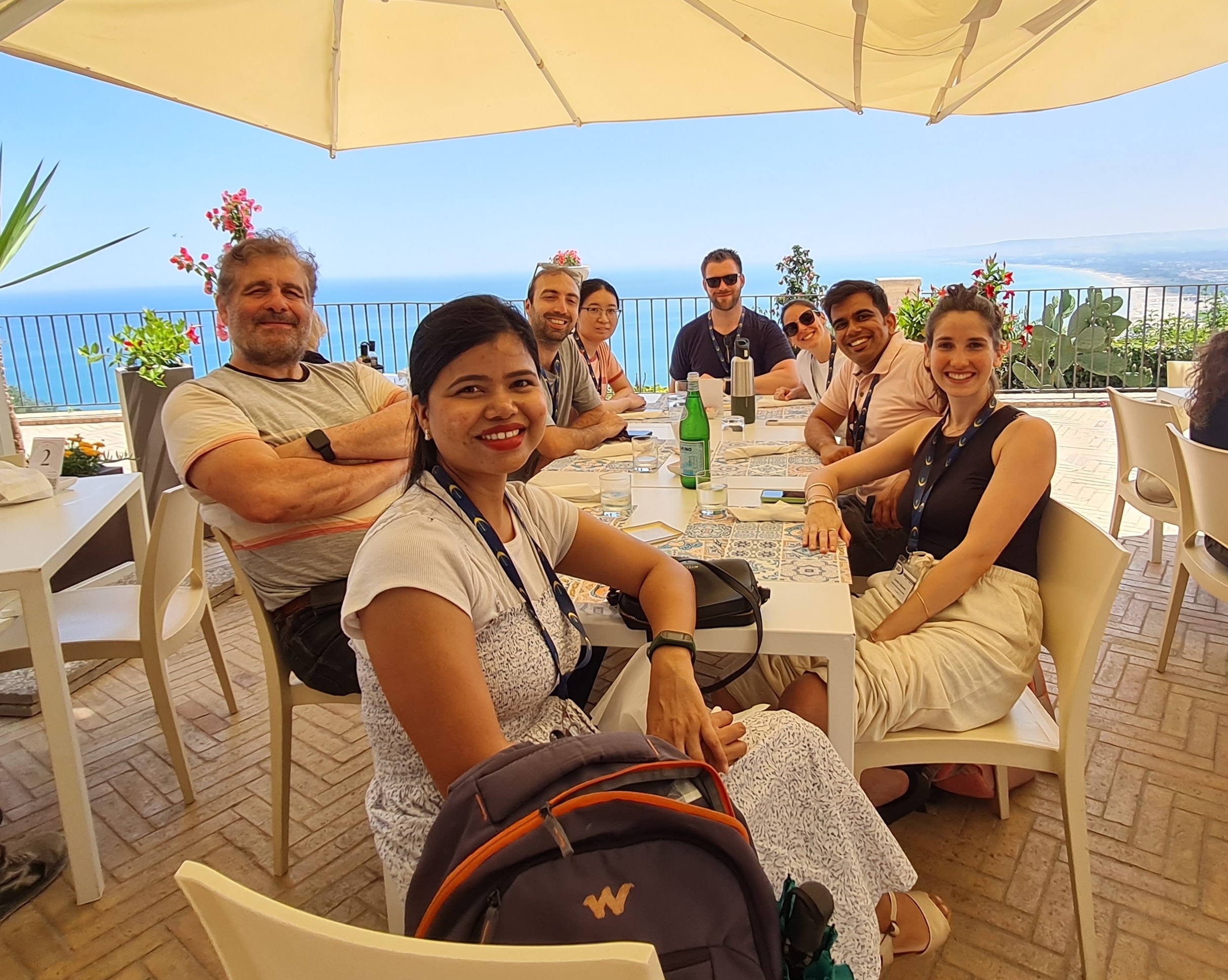
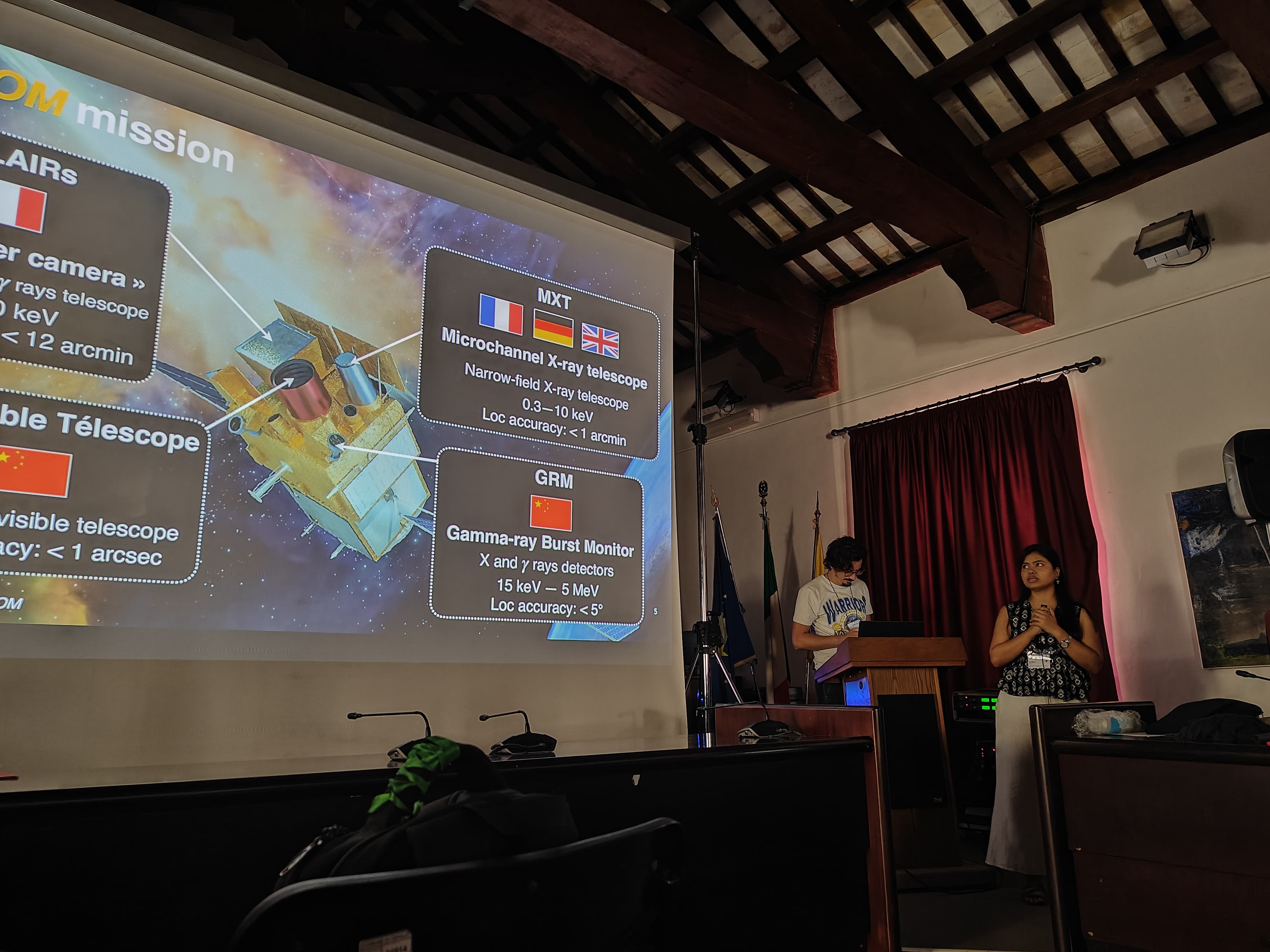
Appearances in Popular Media
Links to appearances of our research work in the popular media:
 ORCID: 0000-0002-9280-2785
ORCID: 0000-0002-9280-2785